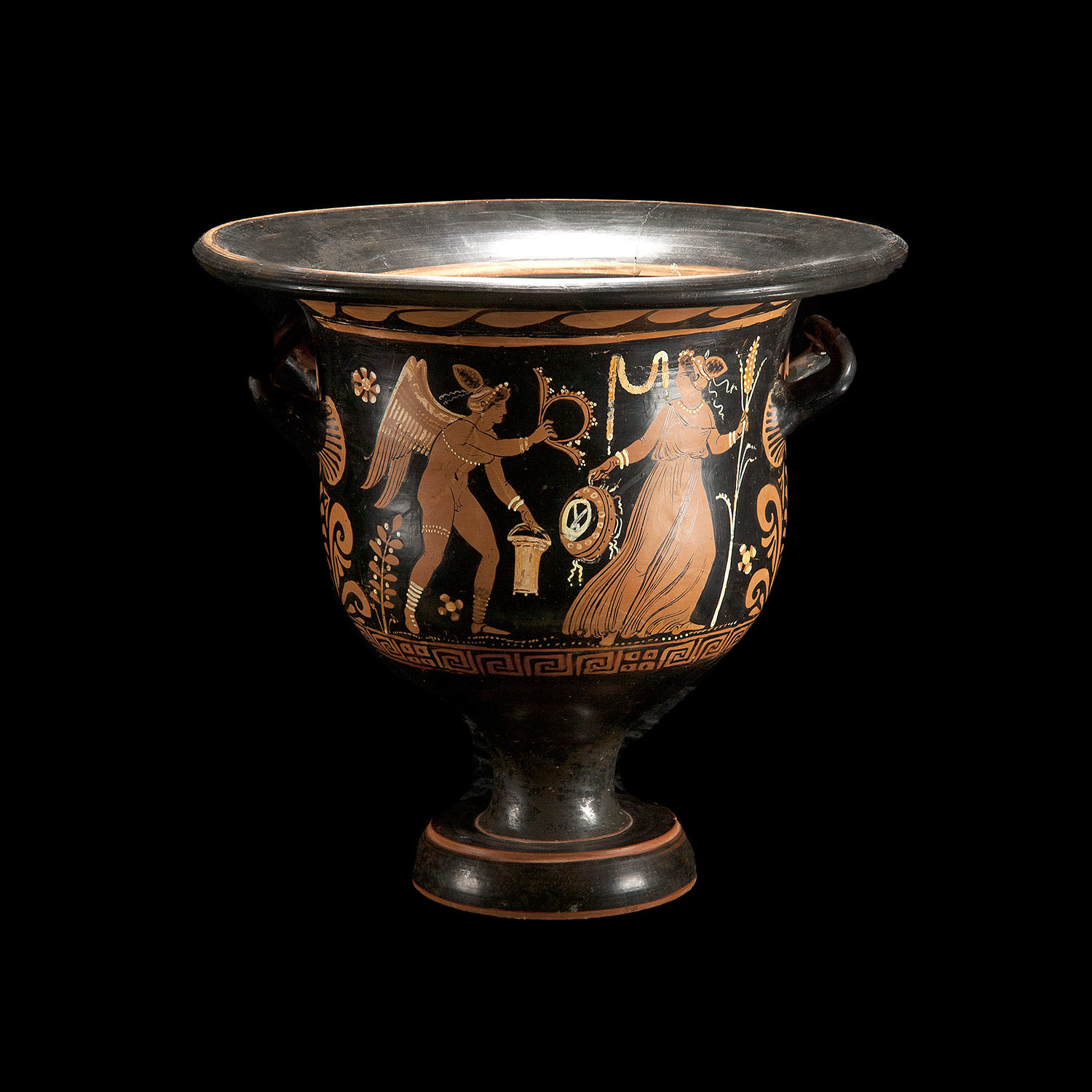Hopefully this will go back to the original subject of the 7 seals.
Firstly, once the symbols of the rider on the white horse of Rev.6:2 is understood, can we then just interpret it by throwing away other relevant Scripture in God's Word? Focus on the forest is just as important as focus upon a single tree.
How many have studied the seven seals in relation to the events our Lord Jesus gave in Mark 13? They link together. And in Mark 13, what was our Lord's very first warning to His disciples upon the Mount of Olives?
Mark 13:5 And Jesus answering them began to say, Take heed lest any man deceive you:
(KJV)
That rider on the white horse goes forth conquering and to conquer we are told. Does that have to be Christ then? Not necessarily. One of the reasons is because of how the description of Christ coming on a white horse in Rev.19 is of a glorious type, even the idea of including many diadems. Many Bible scholars have noted the distinction of how the white horse descriptions between Rev.6 and 19 differ. One can debate endlessly when just covering the white horse rider in Rev.6:2 by itself. Many other Scriptures related to the seven seals reveal more, and that shouldn't be left out.
The next seal about a red war horse, the 2nd, is covered in Mark 13:7;
Mark 13:7
7 And when ye shall hear of wars and rumours of wars, be ye not troubled: for such things must needs be; but the end shall not be yet.
(KJV)
And the 3rd and 4th seals of the black and pale horses are about the balances of commerce and famine and the beginning of sorrows, power being taken over the earth:
Mark 13:8
8 For nation shall rise against nation, and kingdom against kingdom: and there shall be earthquakes in divers places, and there shall be famines and troubles: these are the beginnings of sorrows.
(KJV)
The 5th seal is about a time of Testimony for Christ:
Mark 13:9-10
9 But take heed to yourselves: for they shall deliver you up to councils; and in the synagogues ye shall be beaten: and ye shall be brought before rulers and kings for My sake, for a testimony against them.
10 And the gospel must first be published among all nations.
(KJV)
The 6th seal is about the coming of 'a spurious Messiah' (Strong's definition of "false Christs" in v.22 - no. 5580).
Mark 13:14
14 But when ye shall see the abomination of desolation, spoken of by Daniel the prophet, standing where it ought not, (let him that readeth understand,) then let them that be in Judaea flee to the mountains:
(KJV)
Mark 13:19-23
19 For in those days shall be affliction, such as was not from the beginning of the creation which God created unto this time, neither shall be.
20 And except that the Lord had shortened those days, no flesh should be saved: but for the elect's sake, whom he hath chosen, he hath shortened the days.
21 And then if any man shall say to you, "Lo, here is Christ; or, lo, he is there"; believe him not:
22 For false Christs and false prophets shall rise, and shall shew signs and wonders, to seduce, if it were possible, even the elect.
23 But take ye heed: behold, I have foretold you all things.
(KJV)
It's very possible that our Lord Jesus gave the rider on the white horse of Rev.6:2 in such a way that it would require Bible study throughout His Word to really know how it's meant.
What about that coming false one our Lord Jesus told His disciples if they hear someone proclaiming Christ has returned, for them to not believe it? The "abomination of desolation" event does point to false idol worship by a particular false one. In relation to that abomination of desolation per the Book of Daniel, we know it's about a false one, a "vile person" who will to come to power through a small group using peace and flatteries. Per Paul in 2 Thess.2 we are told of a false one that's to sit in the temple of God, showing himself that he is God, and the brightness of Christ's coming is what destroys "that Wicked" (meaning the Wicked one). In Rev.9 we are told the locust army has a 'king' over them which is the angel of the bottomless pit, i.e., the devil. In Rev.11 we are shown that the beast that ascends up out of the bottomless pit will kill God's two witnesses in Jerusalem. In Rev.13:11 forward we are told of the "another beast", meaning a second beast of Revelation, a religious beast, a certain entity, and the title of "dragon" is associated with his name which is another title for Satan. We are shown there that the whole world will worship the dragon. And even towards the end of Rev.13, we told that false one will institute a mark, and setup up a false image (idol) for the whole world to worship, similar to what the historical king of Babylon did.
I think our Lord Jesus has been very good to us with the amount information He's given that apply to those seven seals from within the rest of God's Word. I don't think He needed to declare openly who that rider on the white horse of Rev.6:2 really is.
Some may not like me bringing the "Lucifer" name point back up, but it is VERY relevant to this subject of the rider in Rev.6:2. In the original 1st edition 1611 KJV Bible, the translators put in the side margin of Isaiah 14:12 for the word 'Lucifer' the phrase "O day starre". The meaning of the Hebrew word 'heylel' which is in the manuscripts is indeed - 'morning star'. And OF COURSE those in Christ Jesus WELL KNOW there is only ONE TRUE MORNING STAR, OUR LORD JESUS CHRIST (Rev.22:16). So why did God put that 'morning star' idea there in Isaiah 14:12 about Satan?
It's very simple. God was MOCKING the devil there, using the bragging words the devil was saying about himself and how he would userp God's Throne.
Isa 14:12-14
12 How art thou fallen from heaven, O Lucifer, son of the morning! how art thou cut down to the ground, which didst weaken the nations!
13 For thou hast said in thine heart, "I will ascend into heaven, I will exalt my throne above the stars of God: I will sit also upon the mount of the congregation, in the sides of the north:
14 I will ascend above the heights of the clouds; I will be like the most High."
(KJV)
The underlined part is God repeating what Satan has claimed he will do. If you're sharp, you should grasp there that Satan is actually saying he is going to set himself up as God, even upon God's Throne ("in the sides of the north", which is God's Place). That act of coveting God's Throne was how Satan originally fell in rebellion against God (Ezekiel 28).Satan has always wanted to be God, and worshiped as God since. And he is not done in that yet.
So when our Heavenly Fathers says there, "O Lucifer, son of the morning!", He is mocking Satan, because Satan wants to be Christ The True Morning Star.
Evidently the KJV translators couldn't quite bring themselves to translate Hebrew heylel plainly, which means 'morning star', because they knew that Title can only belong to Christ Jesus per Rev.22:16. So they gave the alternate rendering of "Lucifer" from the Latin which is clearly meant as the devil.
So after having studied the Old Testament Books, especially the Books of the prophets where God refers to Satan's rebellion against Him in his wanting to be The GOD, how should that Message be kept in our minds when we approach study in the New Testament, especially when our Lord Jesus and His Apostles speak of the antichrist, or the spurious messiah of Mark 13, or "that Wicked" of 2 Thess.2, or the dragon of Revelation, or the beast that ascends out of the bottomless pit to kill God's two witnesses in Jerusalem? Are we to just throw all that Old Testament witness about Lucifer out of memory? No, we are to always keep what "that old serpent", the little "rock", "that Wicked", the "dragon", that "man of sin", the "son of perdition", that "angel of the bottomless pit", that beast that ascends out of the bottomless pit, that king in the pit called Apollyon and "Abaddon", in mind for what his ultimate aim is, the coveting of God's Throne, which means Christ's Throne especially.






 .
.
 I'm not saying there isn't a lot of false doctrine that leads to cults but to me, the way to deal with it is with Scripture.
I'm not saying there isn't a lot of false doctrine that leads to cults but to me, the way to deal with it is with Scripture. 
